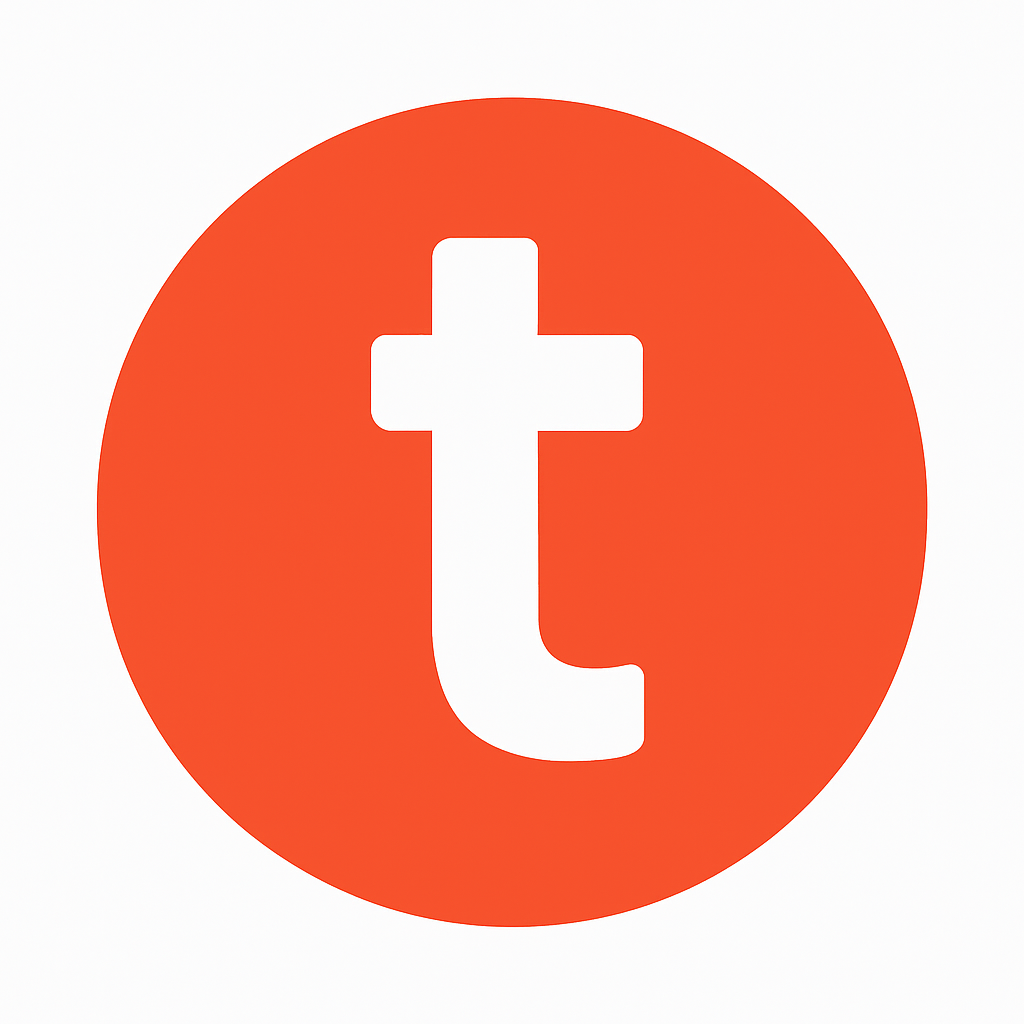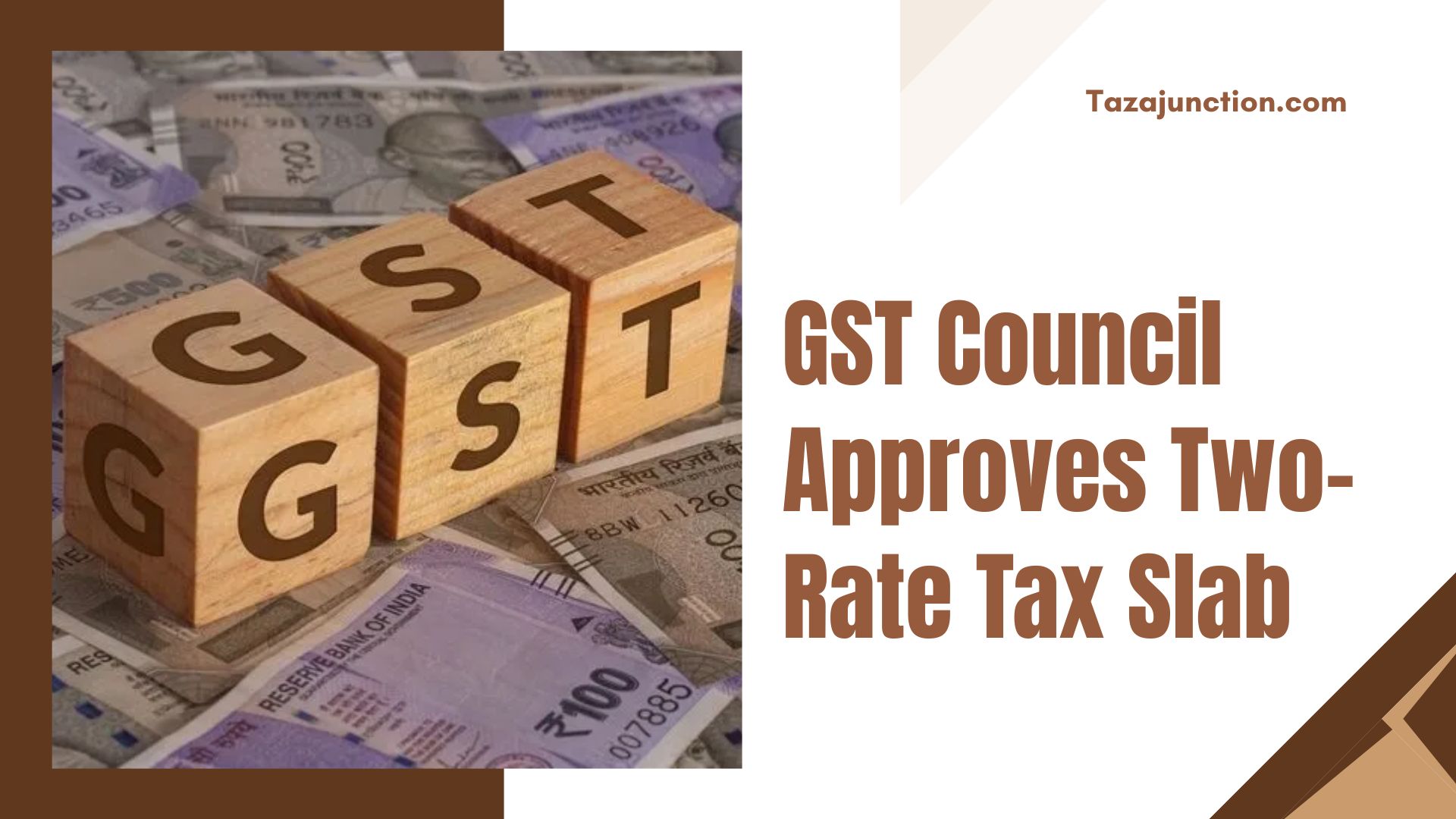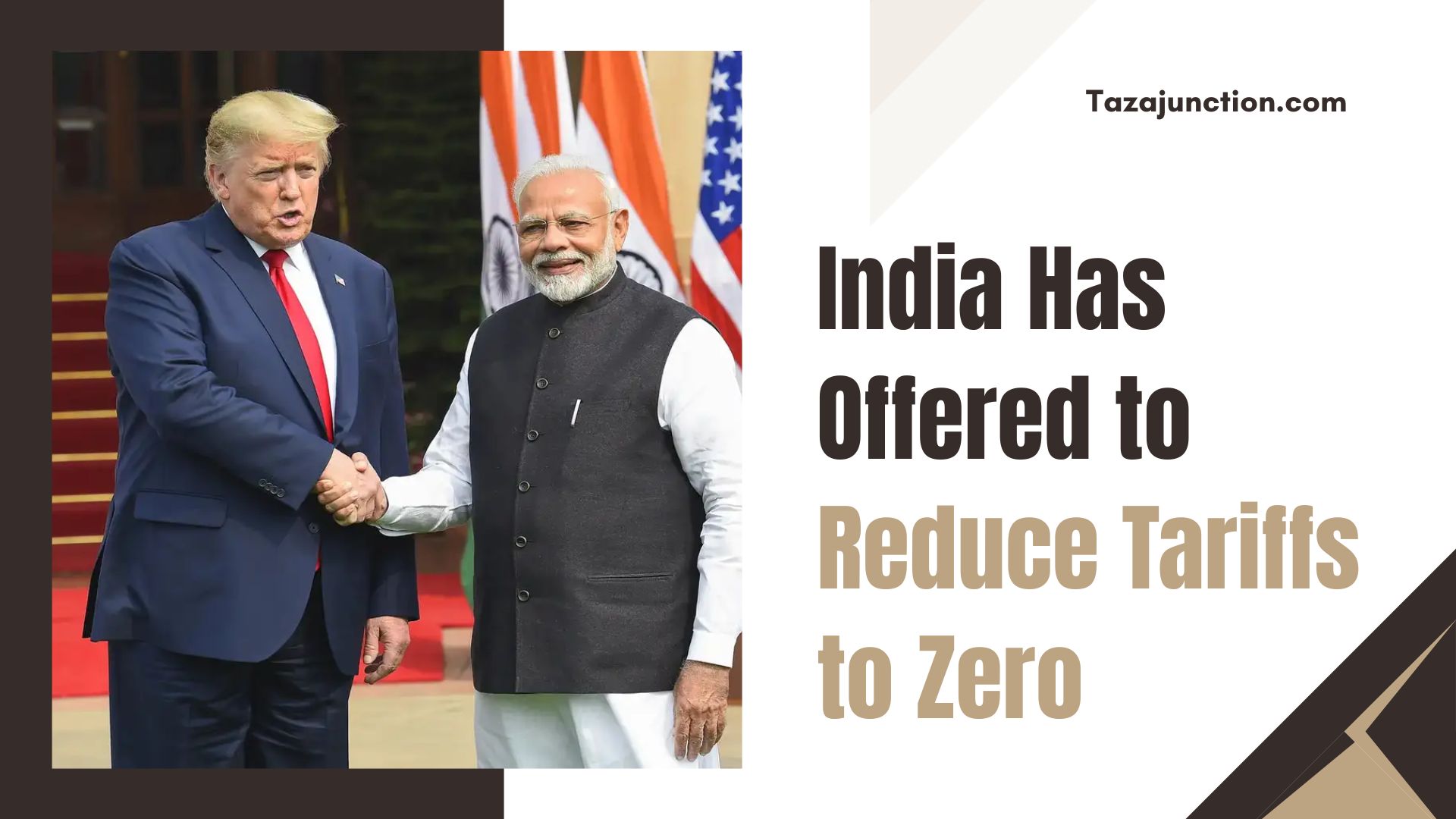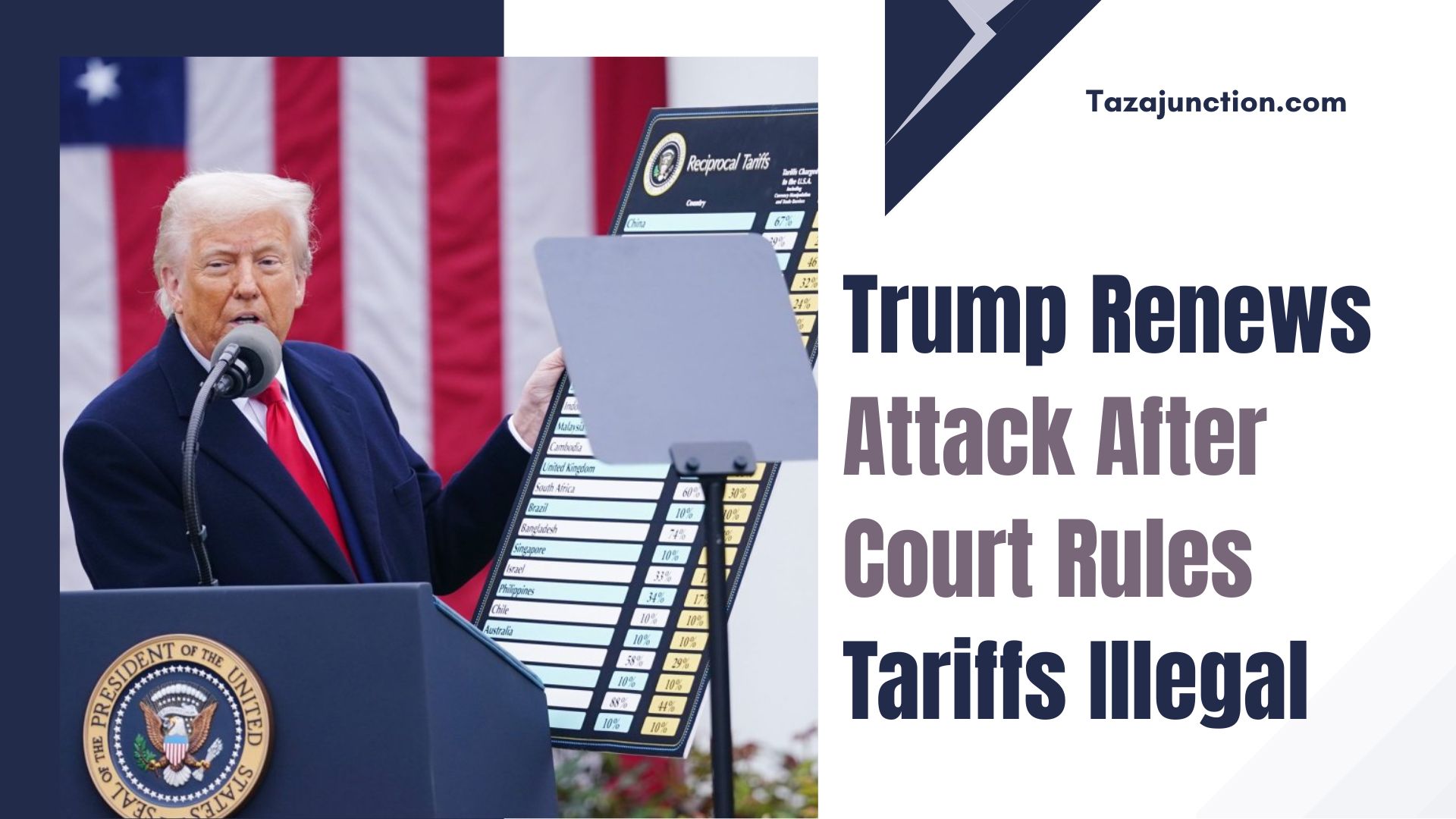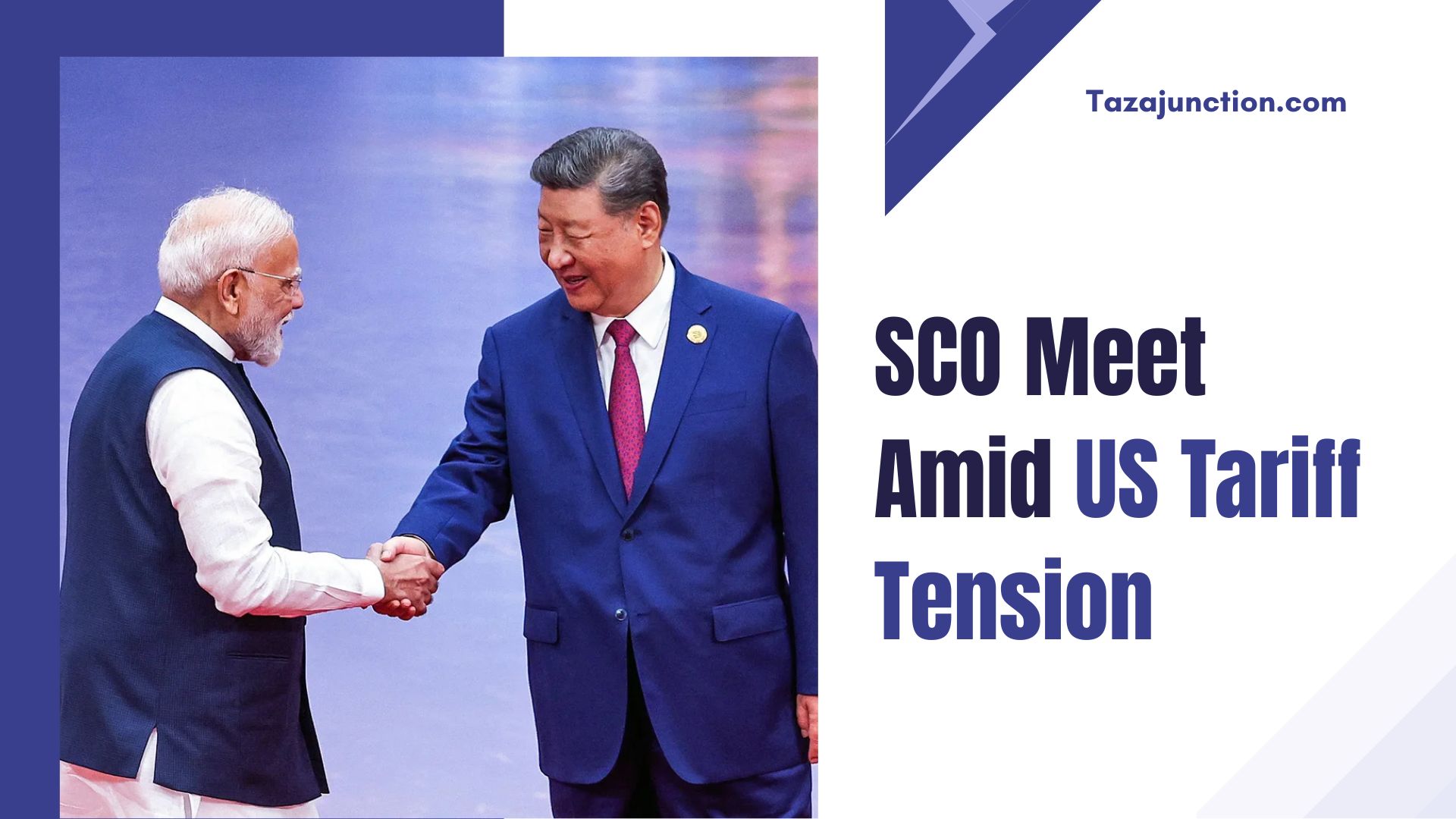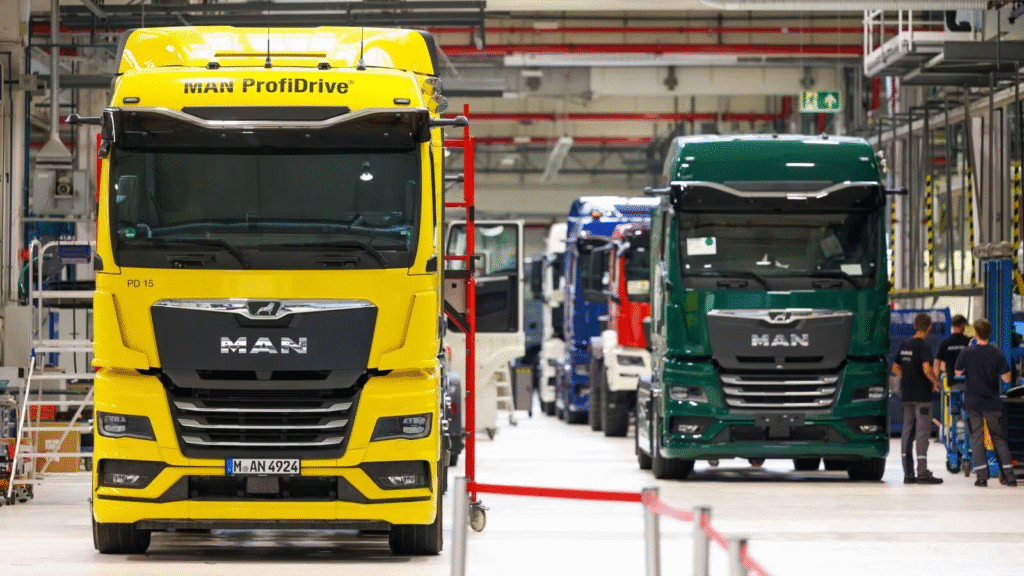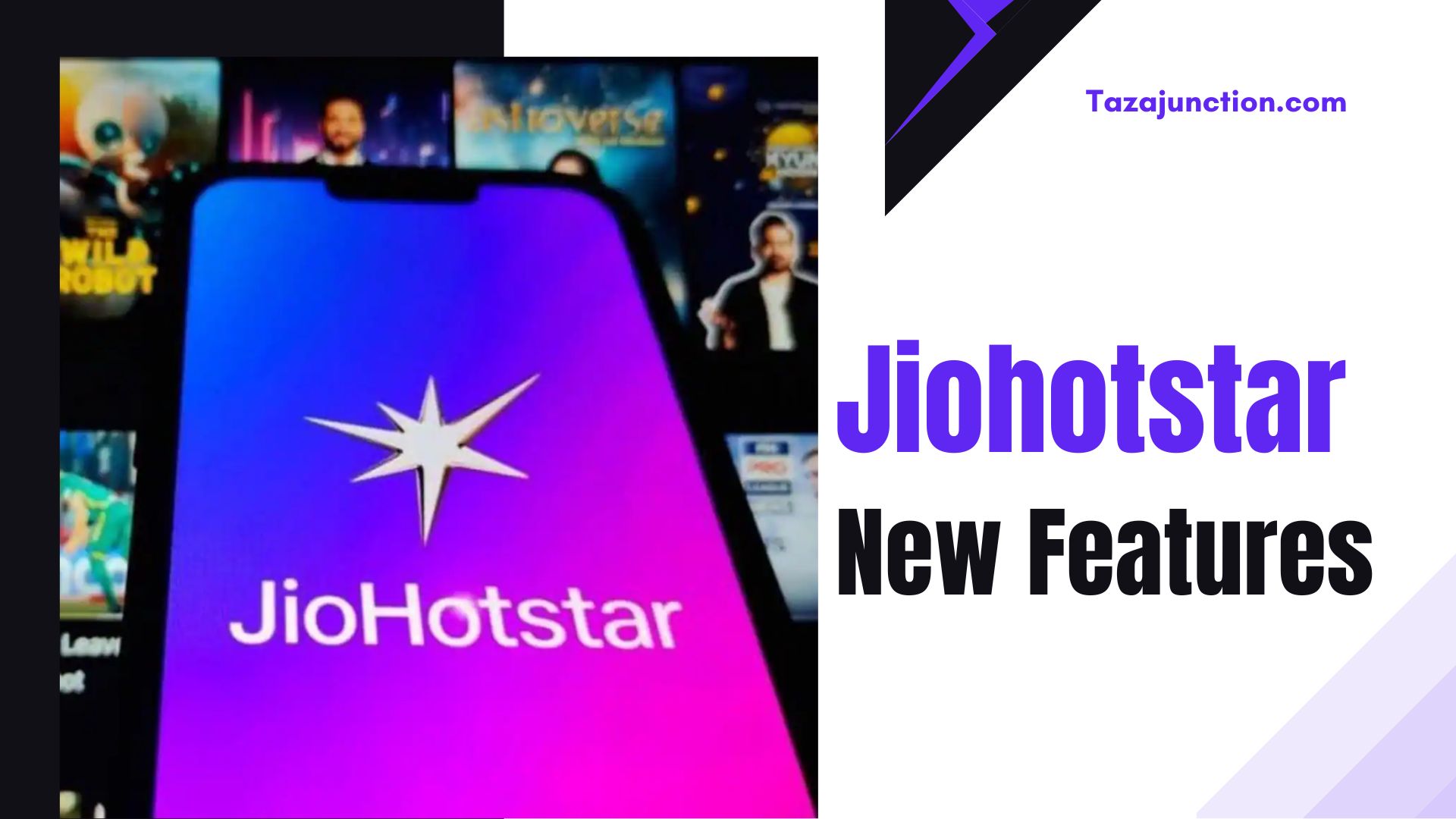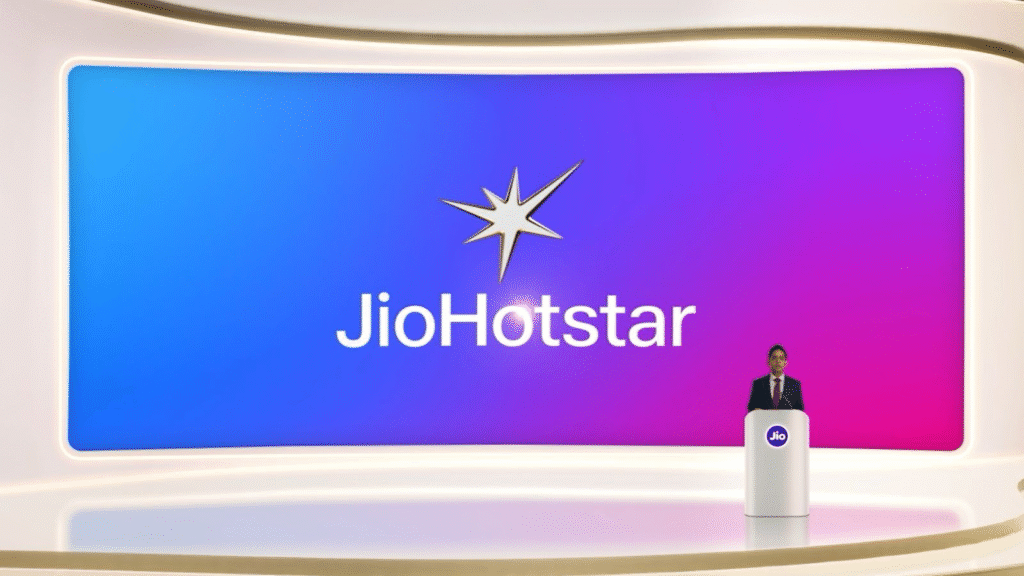The Goods and Services Tax (GST) in India has seen numerous reforms since its introduction in 2017. Each council meeting brings adjustments aimed at balancing government revenue with taxpayer relief.
In a significant development, the GST Council approves two-rate tax slab effective September 22, a move that has sparked widespread discussion among businesses, economists, and consumers alike.
This reform is considered one of the most impactful changes since the inception of GST, as it reshapes how goods and services will be taxed going forward.
Table of Contents
Background of GST Reforms
The GST system was implemented with the promise of “one nation, one tax,” aiming to replace the complex web of indirect taxes previously levied by both central and state governments.
Over the years, the council has tried to simplify rates and compliance requirements. Until now, GST included multiple tax slabs, such as 5%, 12%, 18%, and 28%, leading to confusion and administrative challenges.
Against this backdrop, the recent decision where the GST Council approves two-rate tax slab effective September 22 signals a step toward simplification and better predictability for businesses.
The New Two-Rate Structure
The council’s resolution will reorganize the existing four-tier structure into just two categories. While final percentages are subject to detailed notifications, reports suggest the following framework:
- Lower Rate: Expected to cover essential goods, basic services, and mass-consumption items.
- Higher Rate: Likely to apply to luxury goods, premium services, and items with higher revenue potential.
By streamlining the structure, policymakers aim to strike a balance between tax efficiency and fairness, while reducing disputes over classification.
The phrase GST Council approves two-rate tax slab effective September 22 will be remembered as a turning point in the evolution of India’s tax reforms.
Why the Change Was Needed?

There are several reasons why this reform was inevitable:
- Simplification for Businesses – Companies often struggled with multiple rates on products falling into similar categories. For instance, biscuits priced differently attracted different slabs, creating classification disputes.
- Ease of Compliance – Filing returns and input tax credit claims will be easier with fewer slabs. Businesses will have less confusion on rate applicability.
- Global Competitiveness – Many countries with VAT or GST-like systems use a one or two-slab structure. Aligning India’s model with global practices may attract more foreign investment.
- Revenue Stability – While reducing slabs might initially look like a revenue loss, the broader tax base and reduced evasion are expected to stabilize collections.
Clearly, the announcement that the GST Council approves two-rate tax slab effective September 22 is designed to address both structural challenges and practical concerns.
Impact on Businesses
The new reform will have varied implications across industries:
- Manufacturing Sector: Industries producing mass-consumption goods will benefit from a lower slab, encouraging higher sales volume.
- Luxury Goods & Automobiles: These are expected to face higher taxes, but uniformity in slabs may reduce disputes.
- Small and Medium Enterprises (SMEs): SMEs, often burdened by compliance complexities, will gain significant relief due to simplified tax filing.
- E-commerce & Services: Service providers will find invoicing simpler, and businesses operating in multiple states will face less ambiguity.
For many entrepreneurs, the fact that the GST Council approves two-rate tax slab effective September 22 brings clarity that will help in long-term planning.
Consumer Perspective
From a consumer’s point of view, this change could bring both relief and challenges:
- Essential items may become more affordable if placed under the lower slab.
- Luxury or non-essential items may witness price hikes.
- Overall, transparency in pricing is likely to improve, as fewer slab categories will mean fewer hidden variations.
For the average citizen, the announcement that the GST Council approves two-rate tax slab effective September 22 may soon translate into visible changes on bills for goods and services.
Political and Economic Reactions
The decision has been welcomed by several industry bodies and economists, though political reactions remain mixed. Supporters argue that simplification is long overdue, while critics worry about potential inflationary pressures in specific sectors.
Economists suggest that if implemented carefully, the reform could increase compliance and reduce tax evasion. However, they caution that the exact categorization of items into the two slabs will determine whether the move truly benefits the economy.
Regardless of the debates, the headline that the GST Council approves two-rate tax slab effective September 22 has already created ripples in financial markets and business circles.
Challenges Ahead

While the move is bold, it also presents challenges:
- Classification Issues: Deciding which goods and services fall under which slab could become contentious.
- Transition Period: Businesses will need time to adjust their billing systems, ERP software, and tax compliance strategies.
- State Revenues: Some states may worry about potential revenue loss if items are moved to lower slabs.
Addressing these hurdles will be key to ensuring that the reform succeeds in practice.
Long-Term Outlook
The GST reform journey has always been about gradual improvements. Moving from four rates to two is a step closer to the ideal scenario of a single GST rate. Experts believe that once the two-rate system stabilizes, India could eventually adopt a uniform rate in the future.
The news that the GST Council approves two-rate tax slab effective September 22 should therefore be seen as a milestone, not the final destination, in India’s pursuit of tax efficiency.
Global Comparisons
When compared with other countries:
- Canada and Australia maintain a simple GST system with fewer rates.
- European Union members often operate with two or three VAT rates.
India’s adoption of the two-rate system shows its willingness to align with international best practices.
Conclusion
The announcement that the GST Council approves two-rate tax slab effective September 22 is a landmark reform that promises to simplify compliance, improve transparency, and enhance ease of doing business in India.
While there are concerns about implementation challenges and potential price shifts, the long-term benefits of clarity and reduced complexity cannot be overstated.
Businesses, consumers, and policymakers alike will closely monitor how this transition unfolds. If executed smoothly, it could redefine India’s tax landscape and mark a significant step toward the vision of a simplified, globally competitive taxation system.
